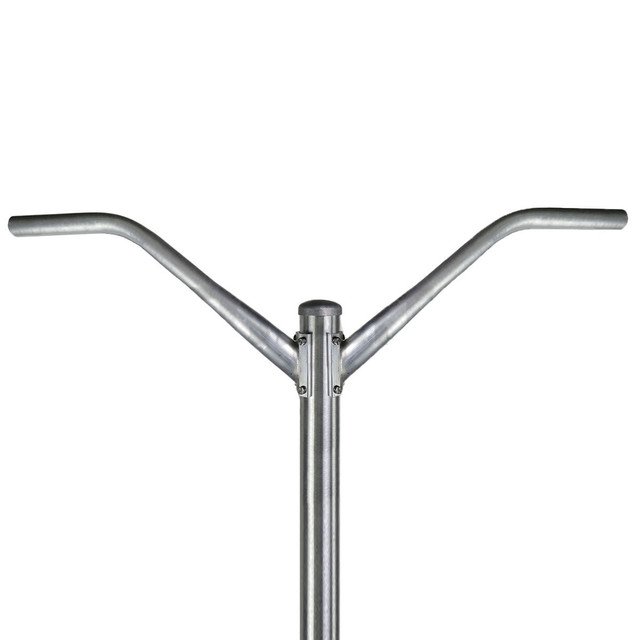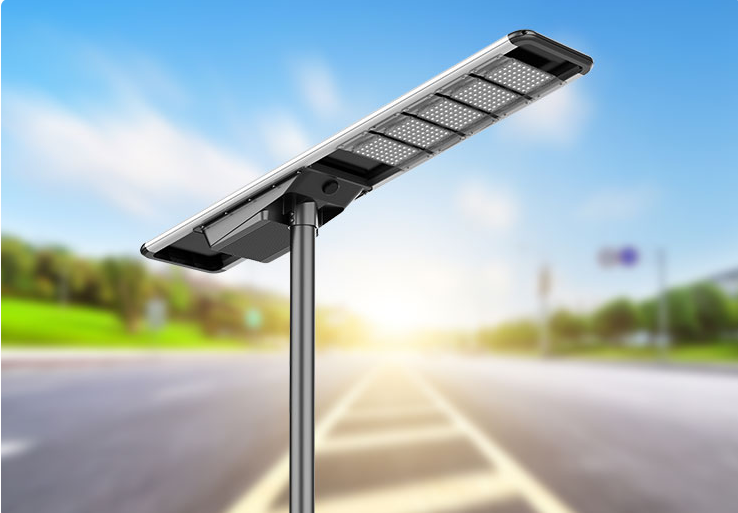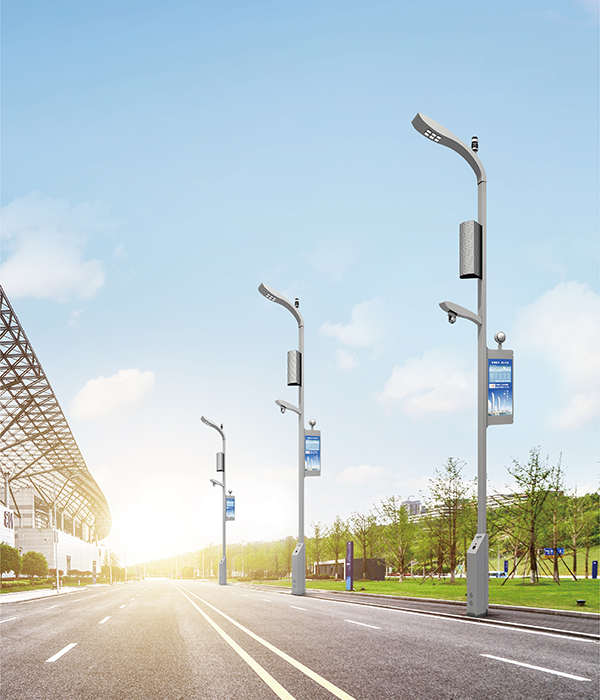Feeling excited about switching to solar street lights? Don’t let hidden problems ruin your investment.
All-in-one solar street lights simplify installation and reduce wiring issues, but poor choices or overlooked details can lead to serious performance failures, costing time and money.
Many people jump into solar lighting because it looks easy and budget-friendly. But making a mistake in product choice or setup can lead to unnecessary maintenance and poor lighting. Let me help you avoid that.
What Is an All in One Solar Street Light and How Does It Work?
Ever wondered how one compact box can light up your entire street?
All-in-one solar street lights combine a solar panel, LED light, battery, and controller into one single unit. This compact integration makes them easy to install and maintain.
Compared to traditional split-type systems, these lights don’t need underground cables or separate battery boxes. The solar panel charges the battery during the day, and the LED lamp turns on automatically at night using a controller and sensors. This system is especially popular for projects with tight installation schedules or remote locations where wiring is difficult.
Their popularity is growing fast in developing regions, especially across Africa and Southeast Asia, because they reduce costs for civil works and offer clean energy with minimal effort. However, beneath their compact structure lie several issues that buyers need to be aware of.
Common All in One Solar Street Light Problems?
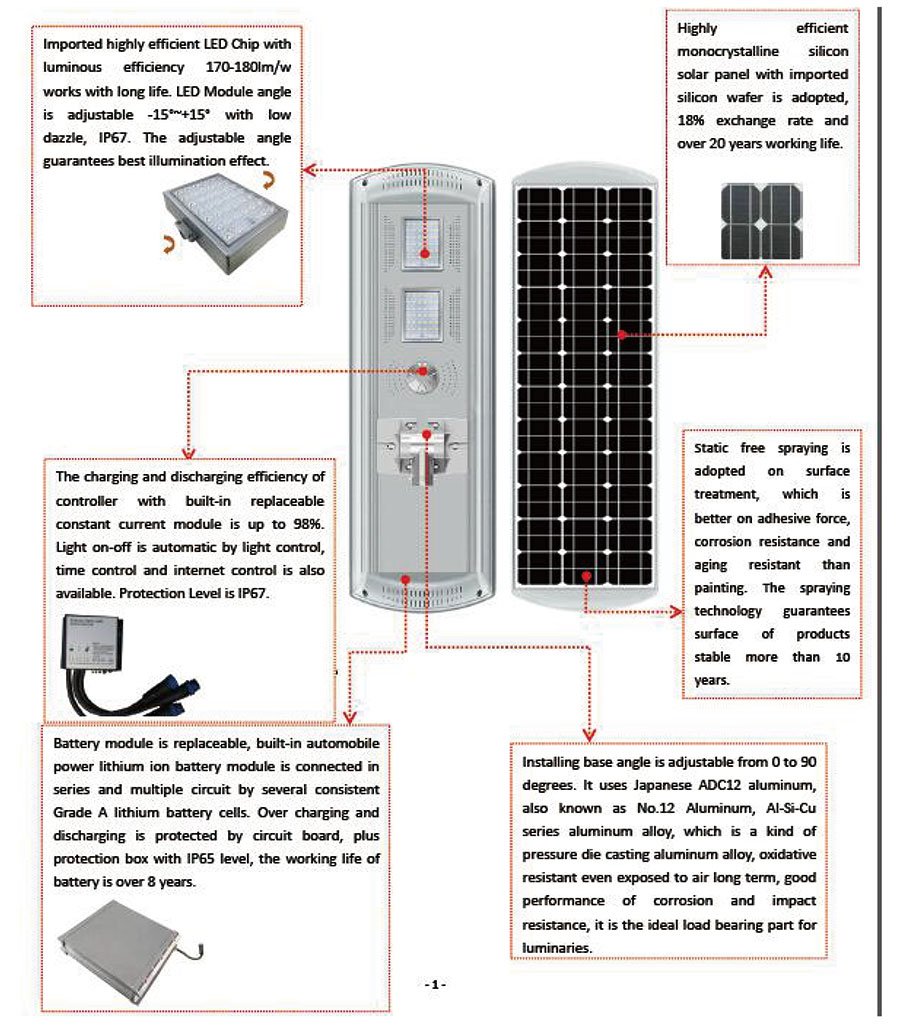
Think solar lights are maintenance-free? Think again.
Even the most advanced solar systems can fail if the components are low quality or poorly installed.
Battery Degradation Issues in All in One Solar Street Lights
Batteries are the heart of the system. When they fail, everything else stops working.
Batteries degrade over time due to overcharging, deep discharge, and temperature extremes. Poor-quality batteries often show early failure signs, like dimming lights or reduced operational hours.
Key causes of battery problems:
- Overcharging without proper BMS (Battery Management System)
- Frequent deep discharges due to undersized batteries
- Exposure to heat, which speeds up chemical degradation
| Battery Type | Lifespan | Performance in Heat | Maintenance Need |
|---|---|---|---|
| Lead-Acid | 2–3 years | Poor | High |
| Lithium-ion | 4–5 years | Moderate | Medium |
| LiFePO4 | 6–8 years | Excellent | Low |
Tip: Always choose LiFePO4 batteries with smart BMS to extend lifespan and improve efficiency.
Insufficient Solar Panel Efficiency Problems
No matter how good your battery or LEDs are, without solar input, nothing works.
Panel efficiency drops drastically with dust buildup, wrong positioning, or cheap materials. Panels facing north or under constant shade will never collect enough sunlight, especially during the rainy season.
Common issues:
- Fixed-angle panels can’t adjust with seasonal sun position changes
- Panels with poor anti-reflective coating lose efficiency faster
- Lack of cleaning results in dust and bird droppings blocking sunlight
Tip: Install lights where they can get direct sunlight all day and make regular cleaning part of your maintenance plan.
LED Failure or Dimming Issues
Dimming lights at night? It’s not always the battery—it could be the LED chips or drivers.
LED failures often result from heat buildup, cheap components, or poor soldering. In all-in-one designs, LEDs are tightly packed, which leads to poor airflow.
Watch for:
- Yellowing or flickering lights
- Sudden drop in brightness
- Non-functioning units even with full battery
Using high-quality LED chips with aluminum heat sinks can reduce these risks.
Inadequate Lighting Coverage or Brightness
If your area still feels dark after installation, the light may be underpowered.
Many buyers underestimate lumen needs or choose lights with narrow beams. For streets, wide-angle and high-lumen designs are essential.
| Application Area | Recommended Lumen | Mounting Height | Coverage Radius |
|---|---|---|---|
| Narrow Residential Street | 2000–3000 lm | 4–5 meters | 8–10 meters |
| Main Road | 5000–6000 lm | 7–9 meters | 15–20 meters |
Tip: Always match the light specification with your actual area requirement—not just price.
Sensor or Controller Malfunctions
If your lights don’t turn on or off as expected, the controller may be the problem.
Sensors fail due to dust, moisture, or software glitches. Many low-cost products use unreliable PIR sensors or basic timer circuits.
What to check:
- Does the light respond to motion?
- Does it switch on automatically at dusk?
- Can you adjust the lighting schedule?
Tip: Choose controllers with IP67 waterproof ratings and programmable functions.
Structural or Installation Problems
A high-tech light is useless if it falls in strong wind.
Improper mounting, weak poles, and loose wiring can turn into safety hazards. I’ve seen cases where lights toppled during storms simply because the base wasn’t fixed properly.
Common failures:
- Rusted bolts or anchors
- Bent brackets due to low-grade aluminum
- Pole heights not matched to light output
Tip: Always follow engineering standards and invest in proper poles—not just the light.
Environmental and Climate-Related Problems with Solar Street Lights?
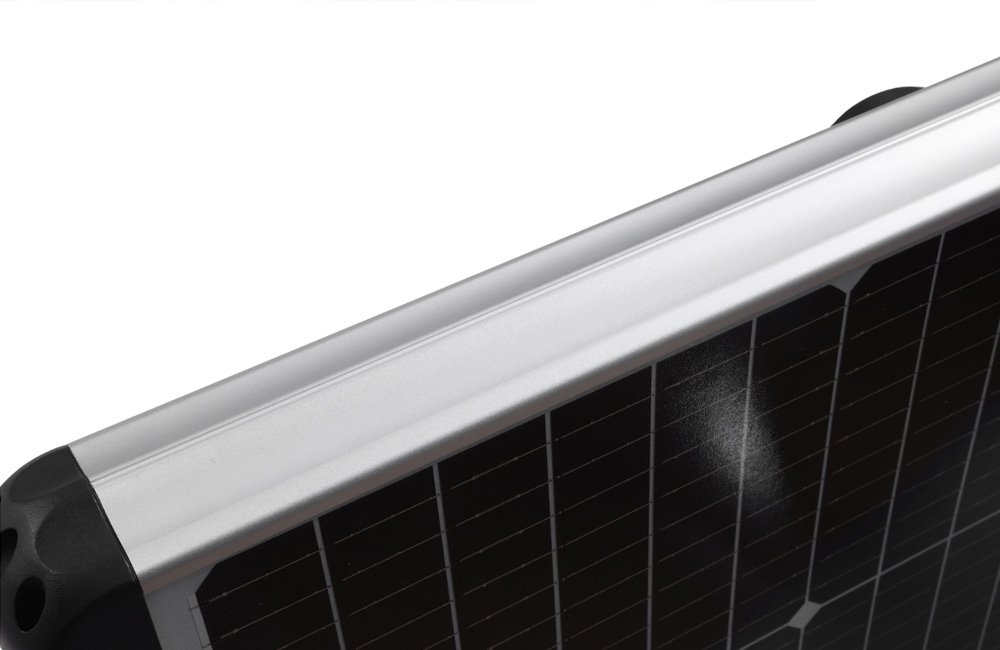
Does weather affect your solar lights? Absolutely.
Rain, dust, and heat are real challenges that impact solar street light performance.
Solar panels become inefficient in:
- Prolonged rainy or cloudy seasons
- Dusty regions with poor air quality
- Cold climates where batteries lose efficiency
Battery chemistry also matters. For example, LiFePO4 performs better in heat but can struggle below 0°C. You need to choose climate-matched systems, especially for areas like Northern Uganda or Kenya’s dry belts.
Tip: Opt for modular designs where you can swap or upgrade parts easily depending on seasonality.
How to Avoid All in One Solar Street Light Problems?
Don’t just buy solar—buy smart.
Avoiding problems starts before you buy. Component quality, installation planning, and routine maintenance are key.
Choose High-Quality Components
Always ask about battery type, panel specs, and LED brands.
Go with:
- LiFePO4 batteries with smart BMS
- Monocrystalline panels with ≥19% efficiency
- LEDs from brands like Bridgelux or Philips
Check warranty terms and manufacturer support before finalizing.
Proper Site Assessment Before Installation
Lighting works best when location is right.
Do:
- Measure direct sunlight hours
- Check for obstructions like trees or buildings
- Analyze area layout and required lumen levels
A good design map prevents future issues.
Regular Maintenance Practices
Even “maintenance-free” systems need basic care.
| Task | Frequency |
|---|---|
| Clean solar panels | Every 2–4 weeks |
| Check batteries | Every 3–6 months |
| Inspect wiring | Every 6 months |
Log everything. Maintenance tracking helps detect early problems.
Smart Design and Configuration
Look for flexible systems with remote settings.
Benefits of smarter systems:
- Adjustable lighting schedules (dimming at midnight)
- Remote error reports
- Replaceable modules (battery or panel)
These save time and money in the long run.
When to Consider Alternatives to All in One Solar Street Lights?
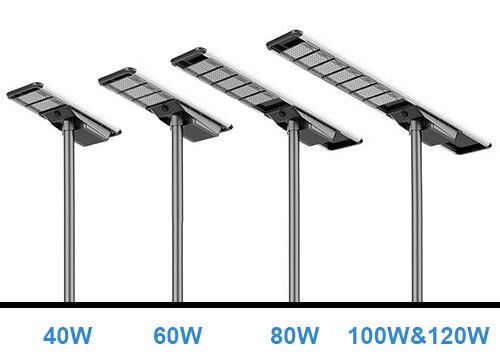
All-in-one is not always the right fit.
If you live in regions with less than 4 hours of sunlight in winter, consider alternatives.
Alternatives include:
- Split-type systems: Better cooling, larger panels
- Hybrid solar + grid: Useful in cities
- Solar with diesel backup: For essential lighting like hospitals
Tip: Assess sunlight data before locking into a design.
Final Tips for a Problem-Free Solar Street Lighting Experience?
Check everything before placing your order.
Before buying:
- Review specs, brands, and warranties
- Confirm factory support and spare part availability
- Insist on proper installation documentation
After installation:
- Test for motion detection and charging
- Check light distribution at night
Conclusion
Avoiding solar street light problems isn’t difficult—it just needs planning. Choose quality components, install them right, and maintain them regularly. That’s the simple path to lighting success.


